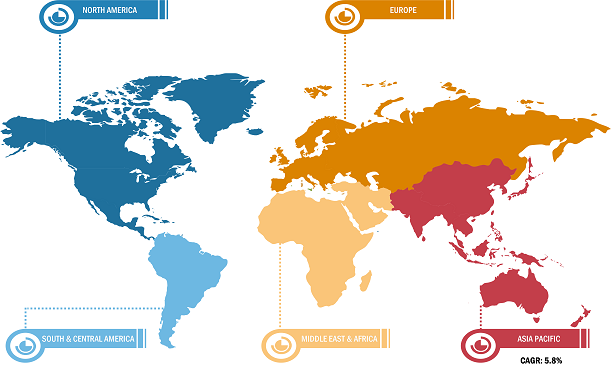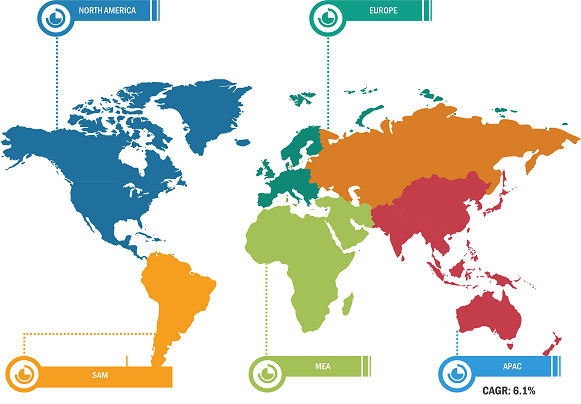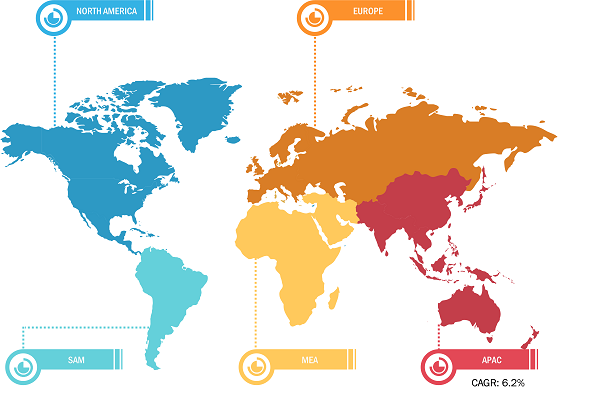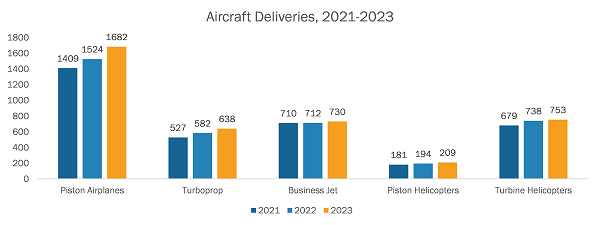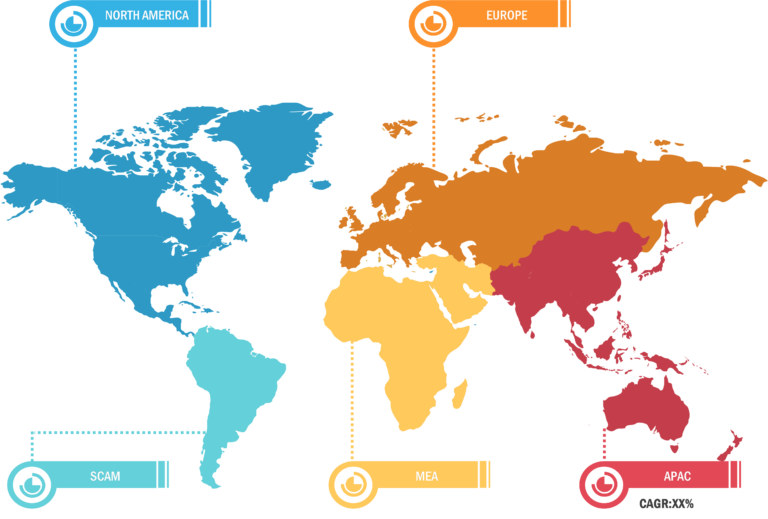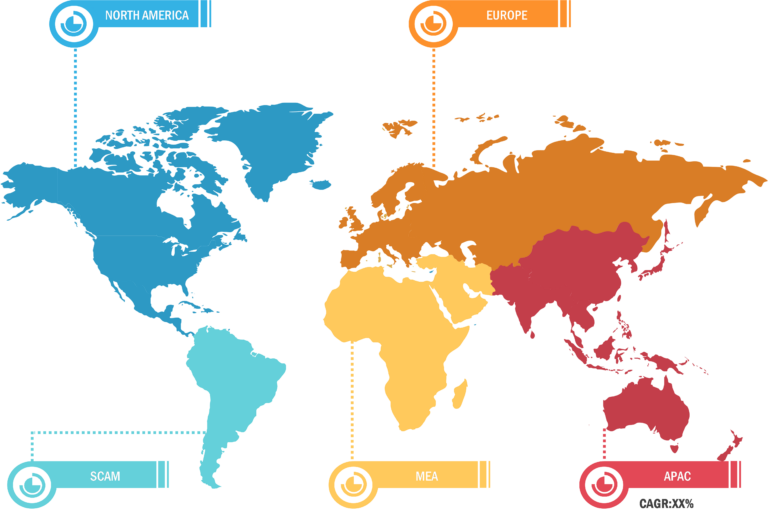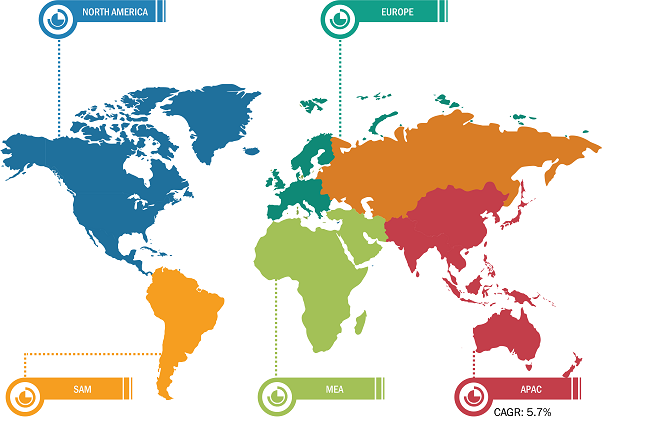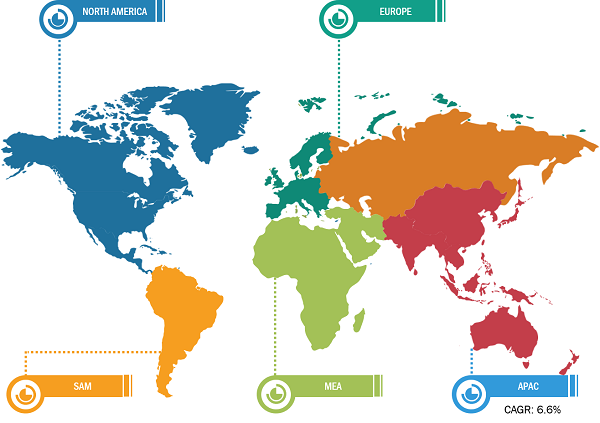
Basic Aromatics Market
The pharmaceutical industry extensively uses toluene and xylene in manufacturing processes such as extraction, purification, and crystallization. As the pharmaceutical industry grows due to increasing healthcare needs, the demand for solvents rises. Basic aromatics are used at various stages of drug development and production. Moreover, toluene and xylene are utilized in the production of active pharmaceutical ingredients. These solvents help in achieving high purity and yield, which is critical for the efficacy of pharmaceuticals. According to the European Federation of Pharmaceutical Industries and Associations, in 2022, North America accounted for 52.3% of pharmaceutical sales worldwide. The value of total pharmaceutical sales (including non-patented and over-the-counter medicines) in Canada increased by 56.4% from US$ 21.8 billion in 2012 to US$ 27.2 billion in 2021, as per the Patented Medicine Prices Review Board. The growth in the pharmaceutical industry plays a major role in boosting the demand for solvents. Thus, the rising demand for solvents across end-use industries fuels the market growth.
Toluene and xylene are utilized as feedstock in the production of toluene diisocyanate and xylene-based isocyanates, further used for making polyurethane resins and coatings. A wide range of paints & coatings are used in automotive applications for high-gloss surface finishes. The growing global sales of electric vehicles drive the demand for high-performance coatings and electrical insulating coatings. According to the International Organization of Motor Vehicle Manufacturers, motor vehicle production in Germany was recorded to be 3.68 million units in 2022, reporting a rise of 11% compared to 2021. According to the International Energy Agency, the electric car market has witnessed exponential growth in the past few years, with reported global sales of more than 10 million electric cars in 2022. As per the US Census Bureau, the total construction spending in the US accounted for US$ 740.8 billion during the first five months of 2023. The investment was spent on the development of offices, commercial spaces, transportation, highways, and streets. The growth in the global construction industry propels the demand for architectural paints and coatings. According to the American Coatings Association report published in February 2023, in 2021, the US coatings industry shipped architectural coatings worth more than US$ 14 billion; industrial OEM coatings worth US$ 8.7 billion; and special purpose coatings such as marine paints, military-specified coatings, and automotive refinish paints worth US$ 4 billion. Thus, the growth in the paints & coatings industry drives the basic aromatics market.

Basic Aromatics Market: Segmental Overview
Based on type, the basic aromatics market is segmented into styrene monomer, divinylbenzene, benzene, toluene, xylene, cresol, and pyridine. In 2023, the xylene segment held the largest market share it is expected to record a significant CAGR during the forecast period. Tripple-wall basic aromatics are the most durable type of packaging material. Xylene is an aromatic compound with a benzene ring component. It is colorless, sweet-smelling, and flammable. The flashpoint of xylene is 26ºC, and the boiling range is 136–145ºC with a specific gravity of 0.87. Xylene is used in formulations with high solvency power requirements; it can be completely mixed with other solvents. It is commonly used as a solvent in industries. Due to its high solvency, it is found in many coating formulations where solvency power is required to combine organic compounds. Xylene is used in paint thinners, lubricants, silicone sealants, chemical reactions, adhesives, and correction fluids. Xylene is used as an ingredient in a wide variety of agricultural and pesticide products. Further, benzene is observed to be another attractive segment of the basic aromatics market. Benzene is a highly flammable, colorless, or light-yellow liquid that has a sweet odor. Benzene can be formed from natural as well as synthetic processes. Industries use benzene as a raw material for other chemicals that are used to make resins, plastics, nylon, and synthetic fibers. Benzene is also used to produce lubricants, rubbers, dyes, detergents, drugs, and pesticides. In paints and coatings, benzene is a constituent of many painting products, such as ink, sealers, spray paints, and lacquers. Benzene has many industrial and commercial applications as a solvent. It is used as a solvent in various production stages, especially in the production of ethylbenzene, cumene, alkylbenzene, cyclohexane, and nitrobenzene, as well as in the manufacturing of detergents, dyes, pesticides, and other chemicals.
Based on end use, the basic aromatics market is segmented into pharmaceuticals, pesticides, agriculture, food and beverages, cosmetics and personal care, paints and coatings, and solvents. The solvents segment held the largest share of the global basic aromatics market in 2023, and the paints and coatings segment is expected to record a significant CAGR during the forecast period.
Basic Aromatics Market: Competitive Landscape
The Dow Chemical Co, Exxon Mobil Corp, Lanxess AG, Sasol Ltd, Lyondellbasell Industries NV, BASF SE, Nippon Steel Corp, Shell Plc, Ineos Group Holdings SA, and Jubilant Ingrevia Ltd are among the key players operating in the global basic aromatics market. Players operating in the market focus on providing high-quality products to fulfill customer demand.

